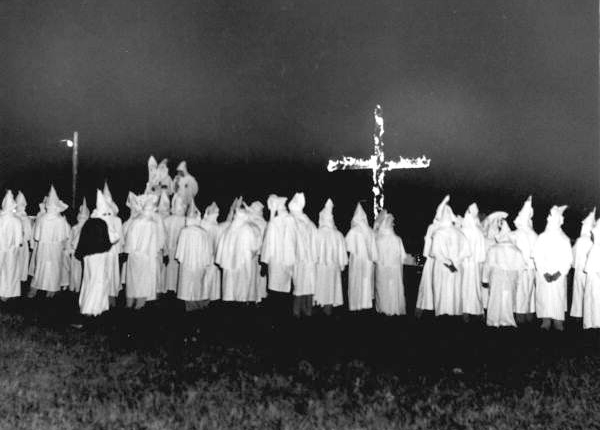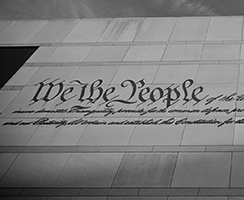Summary
In Brandenburg v. Ohio, Clarence Brandenburg—a Ku Klux Klan leader—spoke at a local Klan rally. As he addressed a crowd of hooded figures, he declared, “This is an organizers’ meeting. We have had quite a few members here today . . . . We’re not a revengent organization, but if our President, our Congress, our Supreme Court, continues to suppress the white, Caucasian race, it’s possible that there might have to be some revengeance taken.” For this speech, Brandenburg was convicted under the Ohio Criminal Syndicalism statute, which made it illegal to advocate “crime, sabotage, violence, or unlawful methods of terrorism as a means of accomplishing industrial or political reform.” He was fined $1,000 and sentenced for up to ten years in prison. In a per curiam opinion (meaning one written “by the court as a whole”), the Supreme Court reversed Brandenburg’s conviction and struck down the Ohio law. Importantly, the Court also established one of the most speech-protective legal tests in the world—concluding that, generally speaking, the government may not prohibit speech unless it is directed to and likely to cause immediate lawless action. Brandenburg remains good law today.





